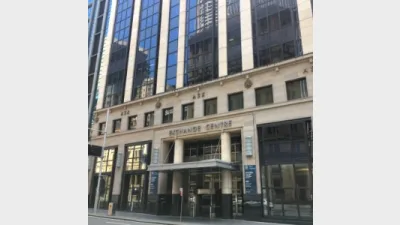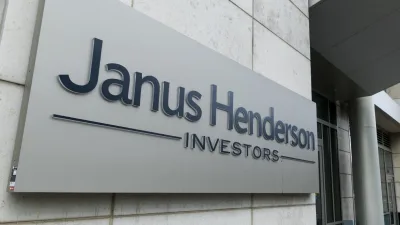ASX celebrates 20 years of ETFs



If you invested in the first-ever exchange traded funds (ETFs) launched on the Australian Securities Exchange (ASX) almost 20 years ago, your investment would have seen a 400% return.
In August 2021, the ASX admitted two State Street Global Adviser ETFs onto the exchange – the SSgA SPDR S&P ASX 200 ETF and the complimentary ASX 50 ETF.
Data from FE Analytics showed the SSgA SPDR S&P ASX 200 ETF returned 402.08% while the ASX 50 ETF returned 375.38% since 31 August, 2021, to 30 July, 2021.
As of 6 August, the ASX 200 ETF had $4.81 billion in assets under management (AUM), while the ASX 50 ETF had $788.36 million in AUM.
According to data from the ASX, the ASX holds 223 ETFs across seven asset classes worth $113 billion, as of June 2021.
Global equity ETFs had the most AUM with $57.5 billion, followed by Australian equities at $30.5 billion and Australian fixed income at $8.9 billion.
AUM by sector for ETFs
Source: ASX
The number of quoted global ETFs doubled since 2015, while quoted Australian ETFs had only seen a 47% increase.
Despite the number of commodity ETFs having decreased, AUM increased with $3.44 billion into eight products, as of June 2021. In October 2015, there were 22 commodity ETFs with only $0.65 billion in AUM.
Performance of first two ETFs on the ASX to 30 July 2021
Recommended for you
Global asset manager Janus Henderson could be acquired after receiving a non-binding acquisition proposal jointly from a private investment firm and venture capital firm.
Investment manager Salter Brothers has partnered with private equity firm Kilara Capital to launch an Australian sustainable investment platform focusing on decarbonisation.
Fresh off launching three active ETFs to the Australian market, Avantis Investors is already planning to expand its range with two further products next year.
Ausbil is growing its active ETF range with an ESG product in collaboration with sister company Candriam.












